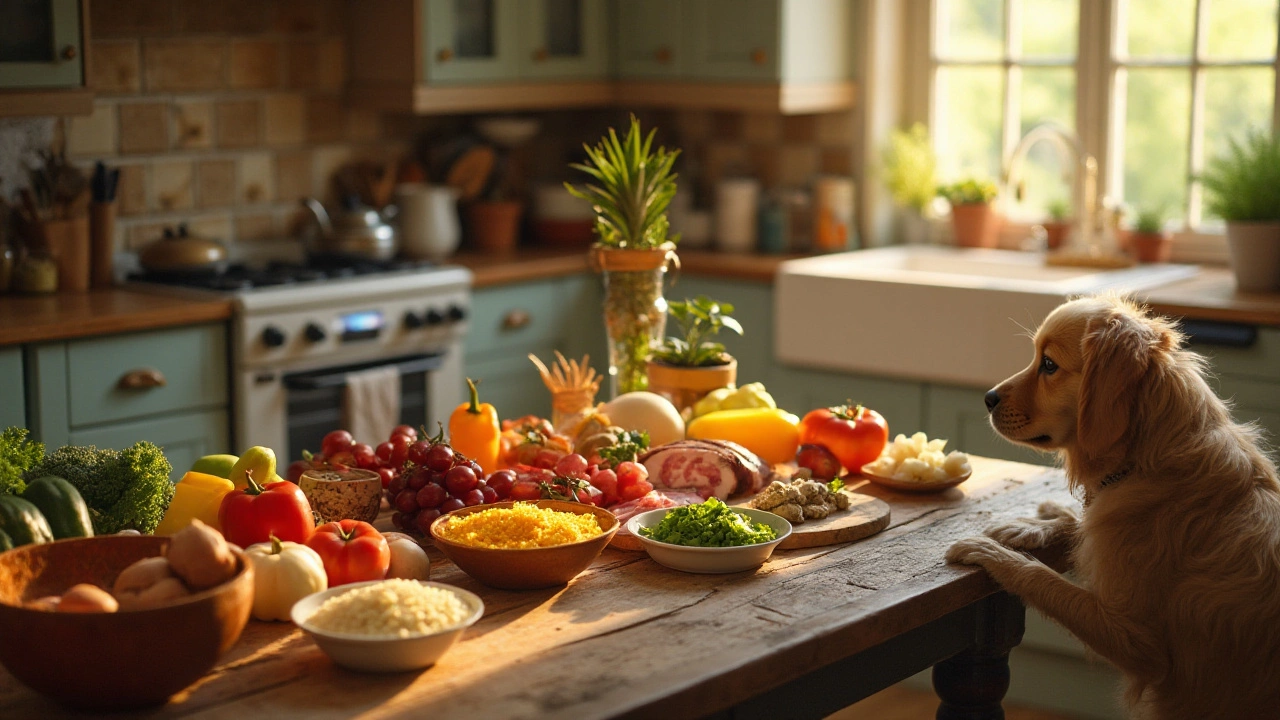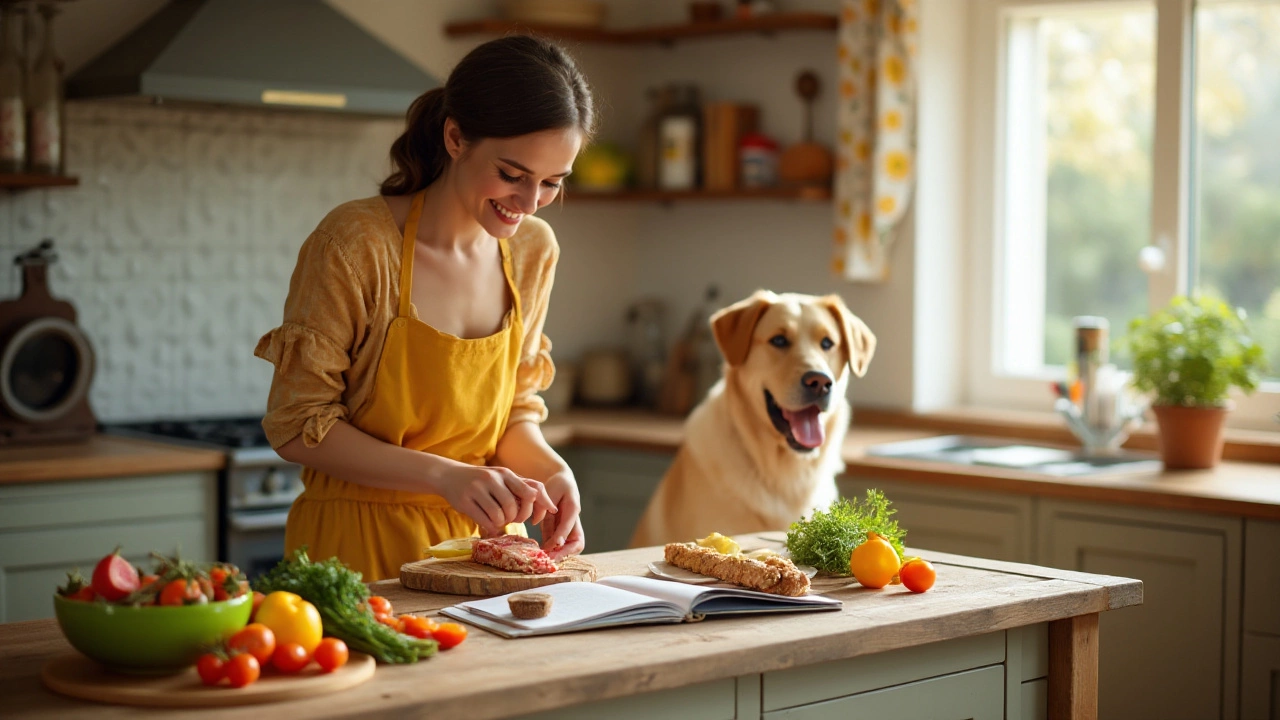Homemade Dog Diet – Easy Recipes & Safe Tips
Thinking about cooking for your dog? A homemade diet can give you total control over what your pup eats, from protein quality to extra veggies. It’s not as hard as you think, and you’ll see the benefits in energy, coat shine, and fewer tummy troubles.
Before you start, remember that a dog’s nutritional needs are different from a human’s. They need a balance of protein, fat, carbohydrates, and essential vitamins and minerals. Skipping a key nutrient can cause health problems down the line, so it’s worth doing a quick check with your vet or a pet nutritionist.
Key Ingredients for a Balanced Homemade Meal
Protein should make up about 25‑30% of the meal. Good sources include lean chicken, turkey, beef, fish, and eggs. Cook the meat thoroughly to kill any bacteria, but keep it plain—no onions, garlic, or extra seasoning.
Carbohydrates give energy and help with digestion. Simple carbs like sweet potatoes, brown rice, and oatmeal work well. Cook them until soft, then mash or chop into bite‑size pieces.
Veggies add fiber, vitamins, and antioxidants. Carrots, green beans, peas, and pumpkin are easy to digest. Steam or boil them briefly; raw veggies can be hard on a dog’s stomach.
Healthy fats are crucial for skin and coat. A spoonful of fish oil, a drizzle of olive oil, or a small amount of coconut oil will do the trick. Don’t overdo it—fat is calorie‑dense.
Calcium and other minerals keep bones strong. You can add a calcium supplement, ground eggshell powder, or a small amount of plain yogurt. Again, ask your vet for the right dosage.
Quick, Dog‑Friendly Recipes to Try Tonight
Chicken & Sweet Potato Mash: 1 cup boiled, diced chicken breast; 1 cup mashed sweet potato; ¼ cup steamed peas; 1 tsp olive oil. Mix, let cool, and serve.
Beef & Rice Bowl: ½ cup lean ground beef (cooked, drained); ½ cup brown rice; ¼ cup grated carrot; 1 tsp fish oil. Combine and cool.
Fish & Veggie Mix: 1 cup flaked white fish (cooked, boneless); ½ cup oatmeal; ¼ cup green beans, chopped; a sprinkle of plain yogurt. Stir together and serve.
All these meals can be stored in the fridge for up to three days. Portion out the right amount for your dog’s weight and activity level—generally about 2‑3% of their body weight per day, divided into two meals.
When you transition to a homemade diet, do it gradually. Mix a small amount of the new food with their current kibble, increasing the homemade portion over a week. Watch for any changes in stool, appetite, or energy, and adjust as needed.
Common mistakes to avoid: adding too much salt, using toxic foods (like grapes, raisins, chocolate, onions), and ignoring supplement needs. Even “healthy” human foods can be harmful to dogs if the amounts are off.
Finally, keep a simple log of what you feed each day. Note the ingredients, portion sizes, and any reactions. This record helps you spot patterns and shows your vet exactly what your dog is eating.
With a little planning, homemade meals become a regular, worry‑free part of your dog’s routine. Your pup will thank you with a wagging tail, a glossy coat, and the kind of energy that makes walks a joy for both of you.
- Morgan Ainsworth
- 0 Comments
Feeding Your Dog Healthy Real Food on a Budget
Feeding your dog real, healthy food doesn't have to break the bank. With careful planning, you can provide a nutritious diet that rivals commercial brands without emptying your wallet. This article explores budget-friendly strategies for crafting home-cooked meals for your furry friend and highlights ingredients you may already have in your kitchen. Tips and clever substitutions will help you maintain your dog's health and indulge their taste buds sustainably.
View More- Morgan Ainsworth
- 0 Comments
Affordable Alternatives to Commercial Dog Food
This article explores cost-effective alternatives to purchasing commercial dog food. Pet owners can find affordable options that maintain nutritional standards without breaking the bank. The article discusses homemade dog meals, necessary ingredients for a balanced diet, and methods to ensure safety and health of the pet. It also addresses common concerns about non-commercial dog food diets and offers practical tips for those considering the switch.
View More

